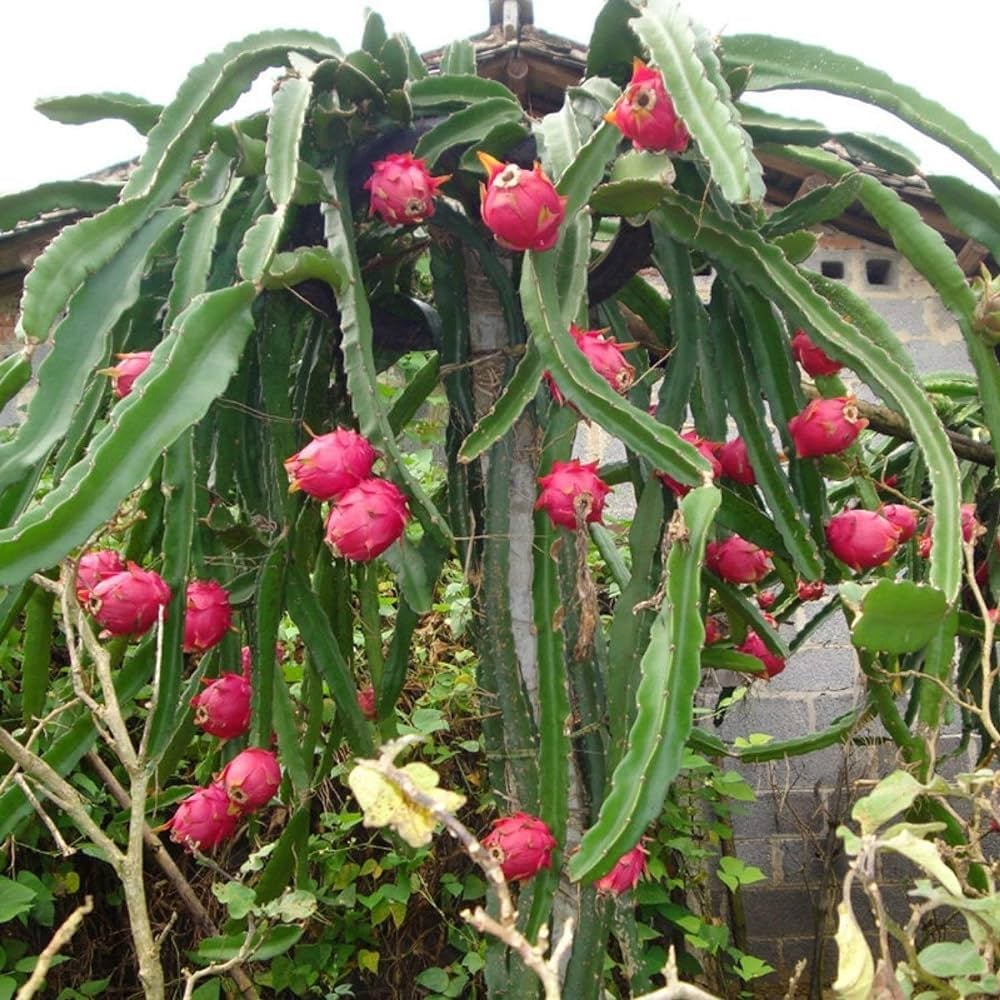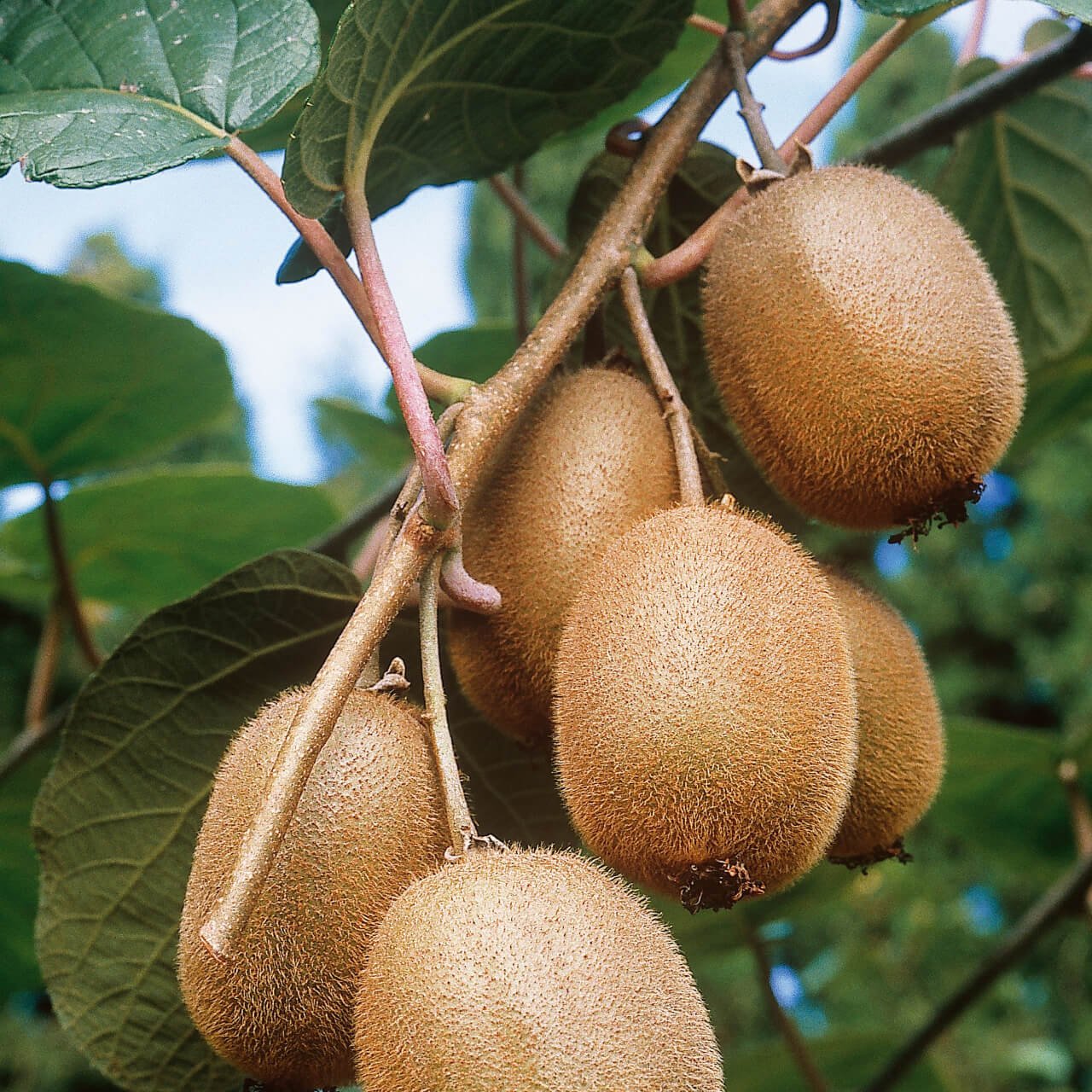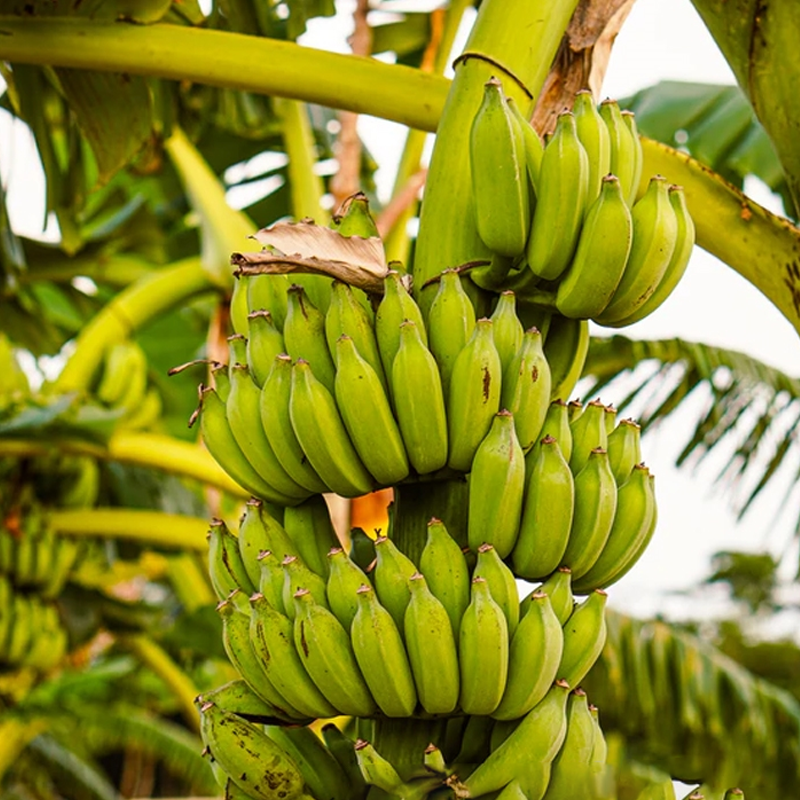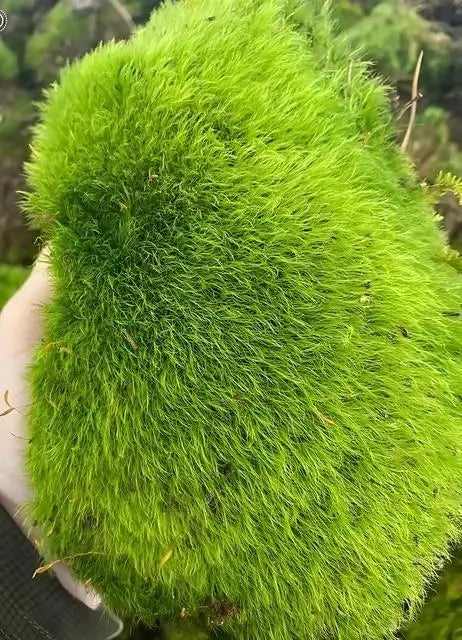
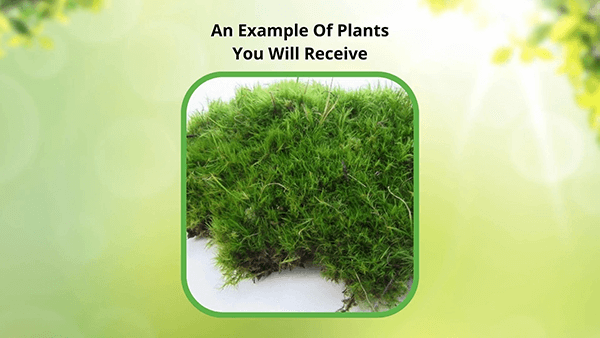
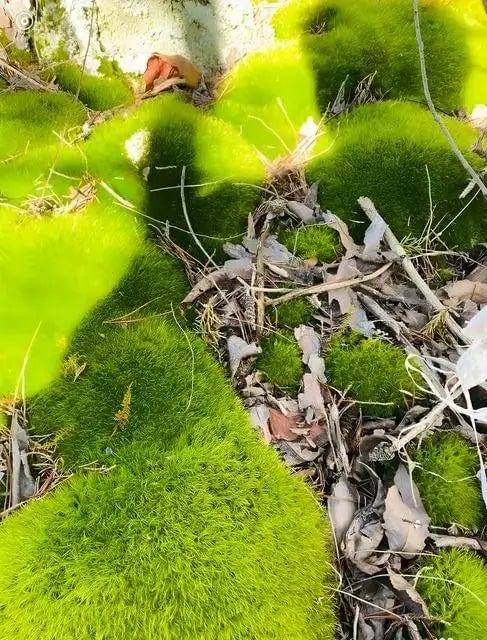

Broom Forkmoss
Provides excellent ground cover
Low maintenance, hardy plant
Prevents soil erosion effectively
Thrives in
ZONE 3ZONE 4ZONE 5ZONE 6ZONE 7ZONE 8ZONE 9This plant ships:
Ships Week of May 12th1 Year Guarantee on all plants
Broom Forkmoss: Dicranum Scoparium
Broom Forkmoss (Dicranum scoparium), commonly known as the broom moss is a moss species belonging to the family Dicranaceae. It is one of the most common and widely distributed moss species in the world.
It's recognizable by its dense, broom-like tufts and forked, sickle-shaped leaves that often curve to one side. It typically grows on forest floors, rocks, or decaying wood and is resilient, thriving in moist and relatively dry conditions.
The moss is typically green, but depending on its environment and hydration, it can range from dark green to yellow-green.
Adding it to your property can provide various benefits now and well into the future. This spongy material spreads quickly along the ground, providing a lush landscape that holds up well in many different environments.
Broom Forkmoss Is a Hardy Live Moss
The leaves are long and narrow and have a distinctive curved or "broom-like" shape, hence the name "broom moss."
It looks a little like your hair after standing outside for too long on a windy day. Of course, unlike your hair, you won't have a tangled mess to get rid of after the weather calms down. This is because it only grows to be a few centimeters high.
It typically has a green hue and can be used across your entire yard or in localized areas as you see fit.
Overall, it is a versatile and resilient moss species that can adapt to various environmental conditions.
Broom Forkmoss Acts as a Purifier
Mosses are excellent bioindicators, meaning they can be used to monitor environmental conditions, especially air and water quality.
Aquatic mosses can indicate water quality, particularly concerning pH levels and the presence of certain pollutants. They are sensitive to changes in water chemistry, making them useful for monitoring freshwater ecosystems.
It Can Remove Air Toxins
One of the primary benefits of having this plant on your property is that it can remove toxins from the air. This can be especially ideal if you are allergic to smoke, pollen, or other irritants you may be exposed to outdoors. In addition, removing pollutants can make the air smell cleaner and fresher, benefiting everyone who lives on your property or nearby.
Another great reason to have it on your property is that you won't need to spend money on air filters. You also won't need to waste electricity on indoor or outdoor air purifying systems that may or may not get the results that you want. Even better, since it doesn't grow upwards, you won't need to mow it often or ever. This further minimizes oil or electricity usage associated with a lawn mower or other landscaping equipment.
In addition to removing toxins from the air, it can also help reduce noise. This can be ideal if you have a baby in the house who needs to sleep or wants to hear yourself think after a long day at work.
This moss is by far the most recognizable form due to its bright green color and upright, forked stems. It often grows in dense, compact groups and is adaptable to a wide range of conditions; therefore, it has aesthetic and practical applications.
Is It good to have in the house
Indeed, it is an excellent addition to any interior. Moss improves the quality of air and does not need much care.
It grows mainly in shaded or partly shaded areas with high humidity. It favors damp surfaces such as rocks, soil, or tree bark, making it flexible for being placed inside or outside the house.
How do you keep It alive at home
Make sure to give it enough water by spraying it and placing it under minimal sunlight. In addition, prevent overwatering and ensure adequate air circulation to minimize the development of mold or mildew.
It takes nutrients from the air and the environment it is located in and, therefore, does not need fertilizing. However, if its growth becomes sluggish, you can spray it once in a while with a solution of water and fertilizer, where the fertilizer takes only a quarter of the solution.
This Is How Your Plants Will Look upon Delivery

Height at Maturity
Under 6 Inches
Care
Broom Forkmoss thrives in well-drained, acidic soils. Keep it consistently moist, avoiding waterlogging. Supply good air circulation to stop fungal issues. Regularly clean debris around it to maintain health. Minimal pruning is needed; remove dead or damaged parts as required.
Plant Reproduction
Broom Forkmoss spreads via spores, attaching to surfaces for growth.
Choose early spring or fall when the soil is moist and cool to plant healthy bare-root ferns. You can also use dormant plants to grow year-round. When you arrive, please soak the roots in water for several hours to rehydrate them. Ferns thrive in moist and shaded areas. Dig a hole wide and deep enough to spread out the roots comfortably. Position the fern so the crown (where the roots meet the fronds) is just at or slightly below ground level. Gently backfill with soil firmly around the roots, and thoroughly water to settle the soil and eliminate air pockets. Apply a 2-3 inch layer of mulch for weed control and to retain moisture, ensuring the mulch does not touch the crown. Water during dry periods is used to keep soil moist but not soggy. Avoid fertilizing in the first year, as ferns prefer nutrient-rich soil over direct fertilization.
Shipping date depends on the date displayed and chosen when you order from the product's page.
We only accept returns on plants verified dead. If you think your plants have died, we offer a 1 year warranty, please use this File a Claim Link to verify dead plants and start with return warranty process.





.png?v=1722036905256&em-origin=cdn.accentuate.io&em-format=auto)
Effective Ground Cover:
It provides dense coverage, helping to suppress weeds and prevent soil erosion. Its lush growth ensures your garden soil stays protected and well-covered.
Air Purification:
This plant effectively removes toxins from the air, making it ideal for those allergic to smoke, pollen, or other irritants. It helps create cleaner, fresher air, benefiting everyone on your property or nearby.
Low Maintenance and Compact:
This moss resembles wind-tousled hair but remains neatly in place, growing only a few centimeters high. Its green hue makes it versatile for both expansive areas and smaller, localized garden spots.
Versatile Planting:
Ideal for various garden settings, including between stepping stones, under trees, or as a lush base for other plants. Its adaptability makes it a versatile choice for many garden designs.
Caring Tips
How do I care for my Broom Forkmoss?
Each box contains detailed care instructions and information about your product. But here's the basics.
Care Tips
Broom Forkmoss thrives in well-drained, acidic soils. Keep it consistently moist, avoiding waterlogging. Supply good air circulation to stop fungal issues. Regularly clean debris around it to maintain health. Minimal pruning is needed; remove dead or damaged parts as required.
Light Requirements
Broom Forkmoss thrives in partial to full shade. It prefers low-light conditions and is ideal for shaded areas under trees or in woodland gardens. Ensure it has consistent moisture and well-drained soil for optimal growth.
Hardy Planting Zones
3 • 4 • 5 • 6 • 7 • 8 • 9
Header
Use this content to share information about your store and products.
Frequently Asked Questions
How often should I water my plants?
How do I know if my plant is getting too much or too little sunlight?
What should I do to prepare my plants for winter?
What are the signs that my plant needs fertilizing?
How can I prevent pests from damaging my plants?
How do I choose the right plant for my climate zone?



